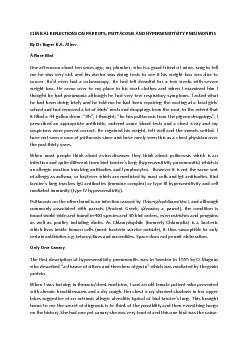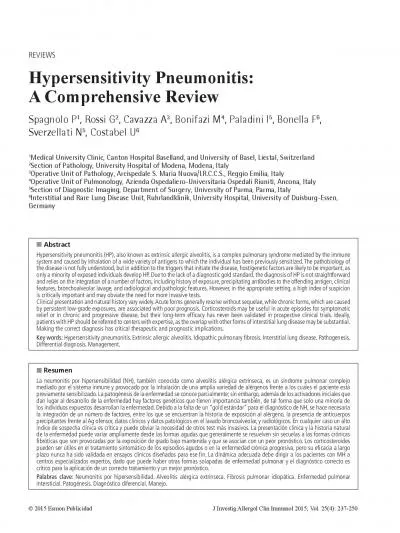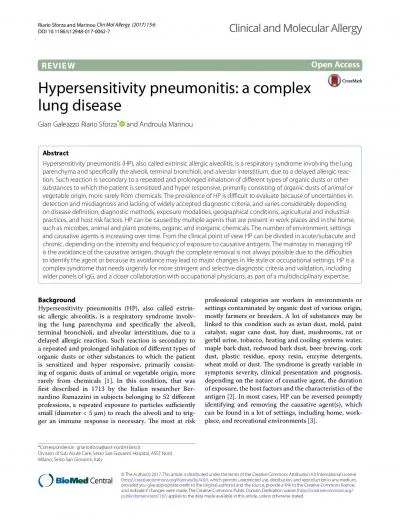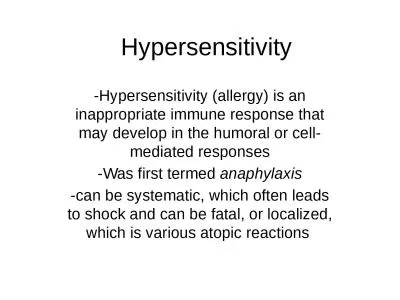PDF-CLINICAL REFLECTIONS ON PARROTS, PSITTACOSIS AND HYPERSENSITIVITY PNEU
Author : mitsue-stanley | Published Date : 2016-12-12
By Dr Roger KA Allen A Rare Bird One afternoon about ten years ago my plumber who is a good friend of mine rang to tell me he was very sick and his doctor was
Presentation Embed Code
Download Presentation
Download Presentation The PPT/PDF document "CLINICAL REFLECTIONS ON PARROTS, PSITTAC..." is the property of its rightful owner. Permission is granted to download and print the materials on this website for personal, non-commercial use only, and to display it on your personal computer provided you do not modify the materials and that you retain all copyright notices contained in the materials. By downloading content from our website, you accept the terms of this agreement.
CLINICAL REFLECTIONS ON PARROTS, PSITTACOSIS AND HYPERSENSITIVITY PNEU: Transcript
Download Rules Of Document
"CLINICAL REFLECTIONS ON PARROTS, PSITTACOSIS AND HYPERSENSITIVITY PNEU"The content belongs to its owner. You may download and print it for personal use, without modification, and keep all copyright notices. By downloading, you agree to these terms.
Related Documents














